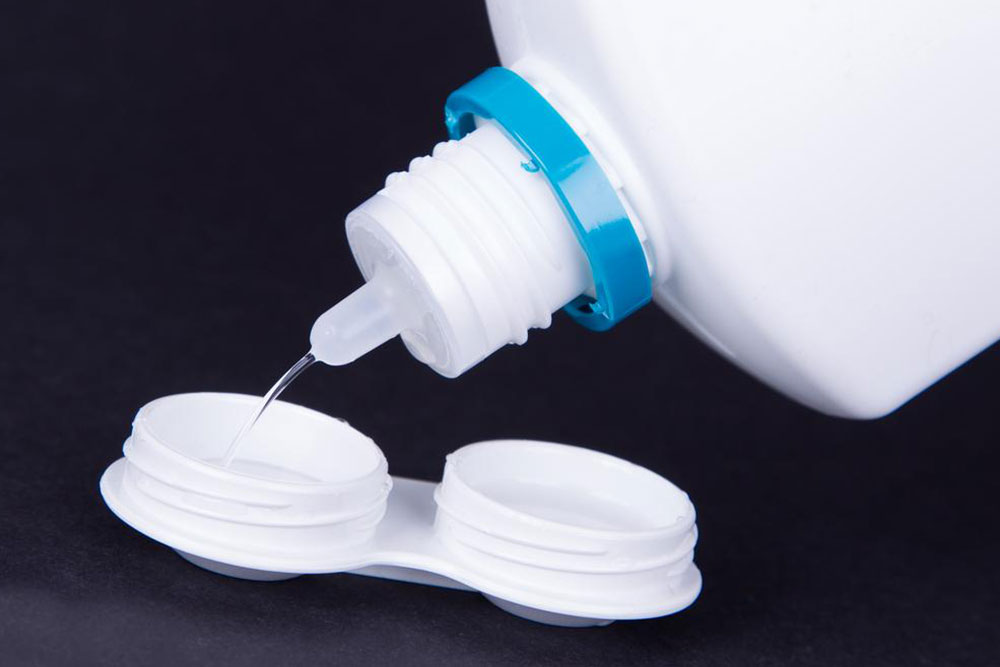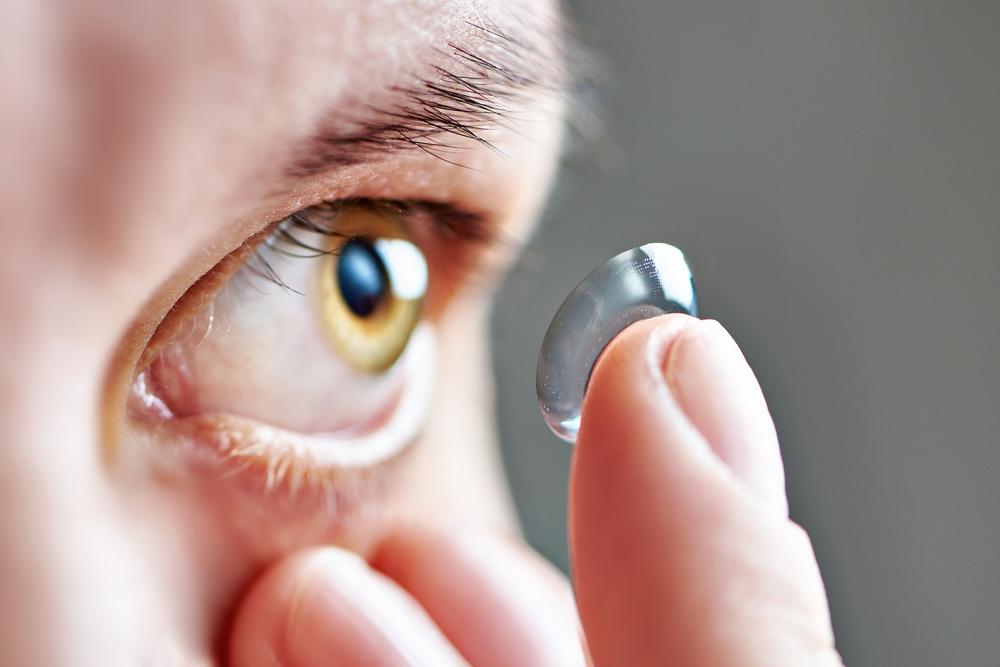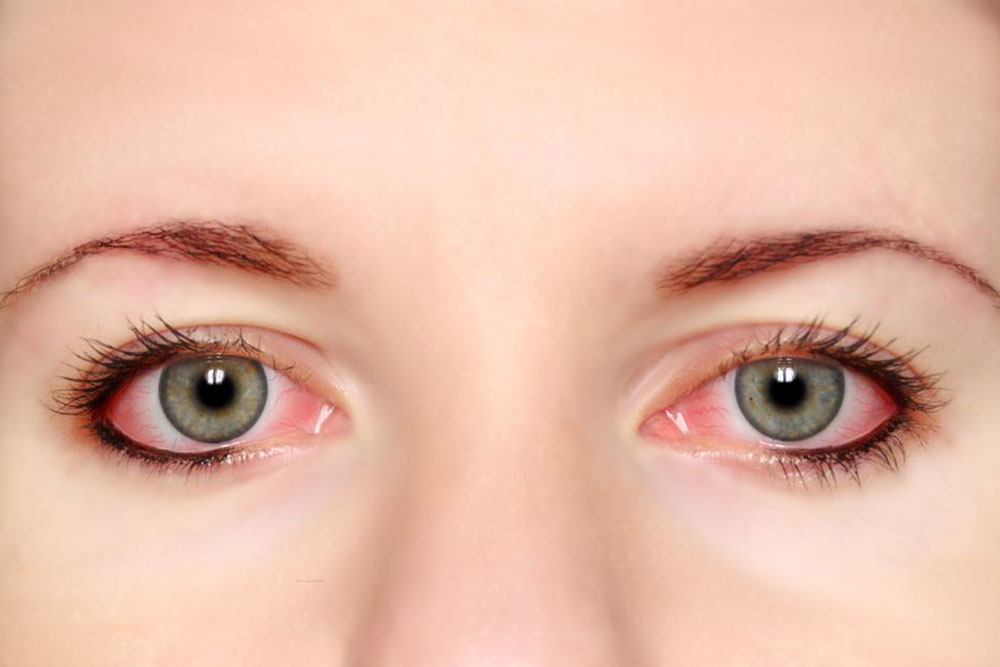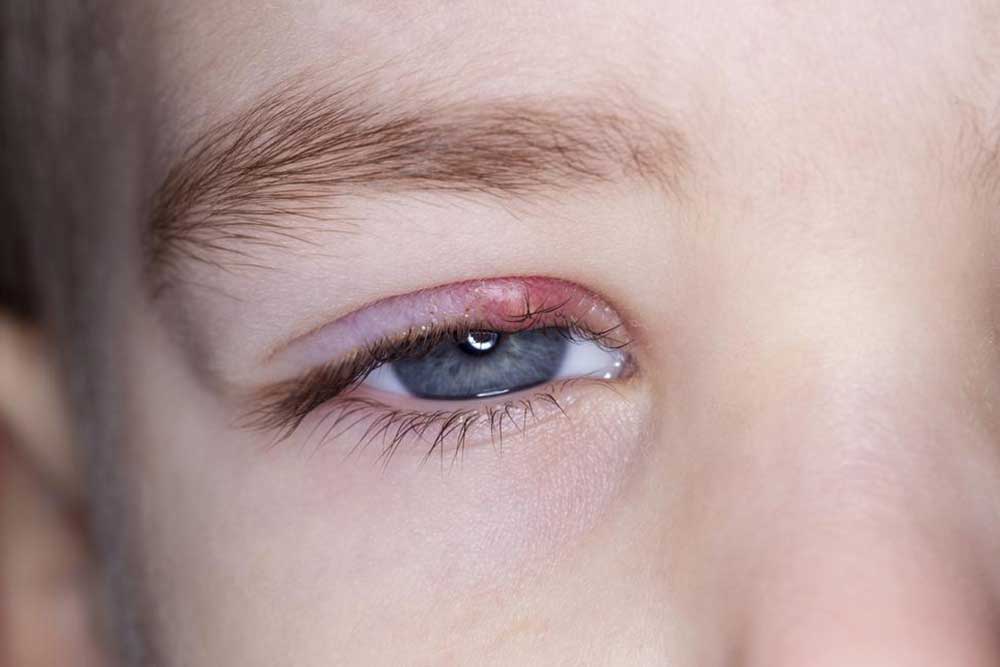Comprehensive Guide to Preventing Eye Infections from Contact Lens Misuse
This comprehensive guide provides essential tips and practices for contact lens users to prevent eye infections. It covers common infections like keratitis and conjunctivitis, highlights symptoms to watch for, and offers practical advice on hygiene and care routines. Proper handling of contact lenses, regular cleaning, and timely medical consultation are emphasized to maintain eye health and prevent serious complications. Ideal for contact lens wearers seeking to enhance safety and awareness in their daily routines, this article aims to promote healthy vision and eye care.

Effective Strategies to Prevent Eye Infections Caused by Contact Lens Misuse
Wearing contact lenses offers a convenient and aesthetic alternative to glasses, but it comes with certain responsibilities to maintain eye health. Improper handling, poor hygiene, and neglecting proper care can significantly increase the risk of developing eye infections. These infections can range from mild irritation to severe conditions that might threaten vision and require urgent medical intervention. Understanding how to properly care for contact lenses and recognizing early warning signs of infection are crucial steps in safeguarding your eyes.
Types of Eye Infections Associated with Contact Lens Misuse
Contact lens wearers are susceptible to several types of eye infections if safety protocols are not followed meticulously. One of the most common infections is keratitis, an inflammation of the cornea. Keratitis is primarily caused by bacterial contamination but can also be triggered by fungi or viruses invading the corneal tissue. Bacterial keratitis is particularly concerning because it can rapidly progress and lead to corneal ulcers, vision impairment, or even blindness if untreated promptly.
Another common infection is conjunctivitis, often known as pink eye. This condition manifests through redness, itching, discharge, and swelling of the conjunctiva, the thin membrane covering the eye. Contamination from bacteria, viruses, or allergens can all stimulate conjunctivitis, especially in individuals who do not maintain hygiene standards while handling contact lenses.
Minor injuries to the eye, such as scratches or abrasions caused by improper lens insertion or removal, can serve as entry points for infectious agents. Pre-existing eye trauma or compromised immune responses further increase vulnerability, potentially leading to more severe infections and delayed healing.
Recognizing the symptoms of eye infections early is vital for effective treatment and preventing complications. Common signs include persistent redness, itching, discomfort, swelling, blurred vision, thick or sticky discharge, watery eyes, sensitivity to light, dry sensation, or a general feeling of irritability in the eyes. If any of these symptoms are observed, it is essential to seek ophthalmological advice promptly to prevent the progression of the infection or irreversible damage.
Preventive Measures to Minimize the Risk of Contact Lens-Related Eye Infections
Always wash your hands thoroughly with soap and water before handling contact lenses to remove any dirt, oils, or microbes.
Disinfect contact lenses thoroughly using a recommended solution each time you remove them. Never reuse or top up old disinfectant solutions, as this can harbor bacteria and fungi.
Use fresh disinfectant solutions consistently, and avoid shortcuts such as rinsing lenses with tap water or saliva, which can introduce pathogens.
Clean lenses meticulously before each insertion to eliminate debris, proteins, and other accumulation that might cause irritation or infection.
Sanitize your lens case regularly—preferably daily—and replace it every three to four months to prevent biofilm formation and bacterial buildup.
Do not wear contact lenses while sleeping unless specifically prescribed by your eye care professional. Sleeping in lenses reduces oxygen flow to the cornea and promotes bacterial growth.
Avoid water contact with lenses at all costs—do not swim, shower, or bathe with lenses in place—to reduce the risk of microbial contamination.
If you experience persistent discomfort, redness, or visual changes, consult an eye care specialist immediately for assessment and appropriate treatment.
By adhering to proper hygiene practices, handling lenses with care, and promptly addressing any symptoms, contact lens users can significantly reduce their risk of developing serious eye infections. Regular eye examinations and professional guidance are essential components of safe contact lens wear, ensuring that your vision remains clear and your eyes stay healthy for years to come.





